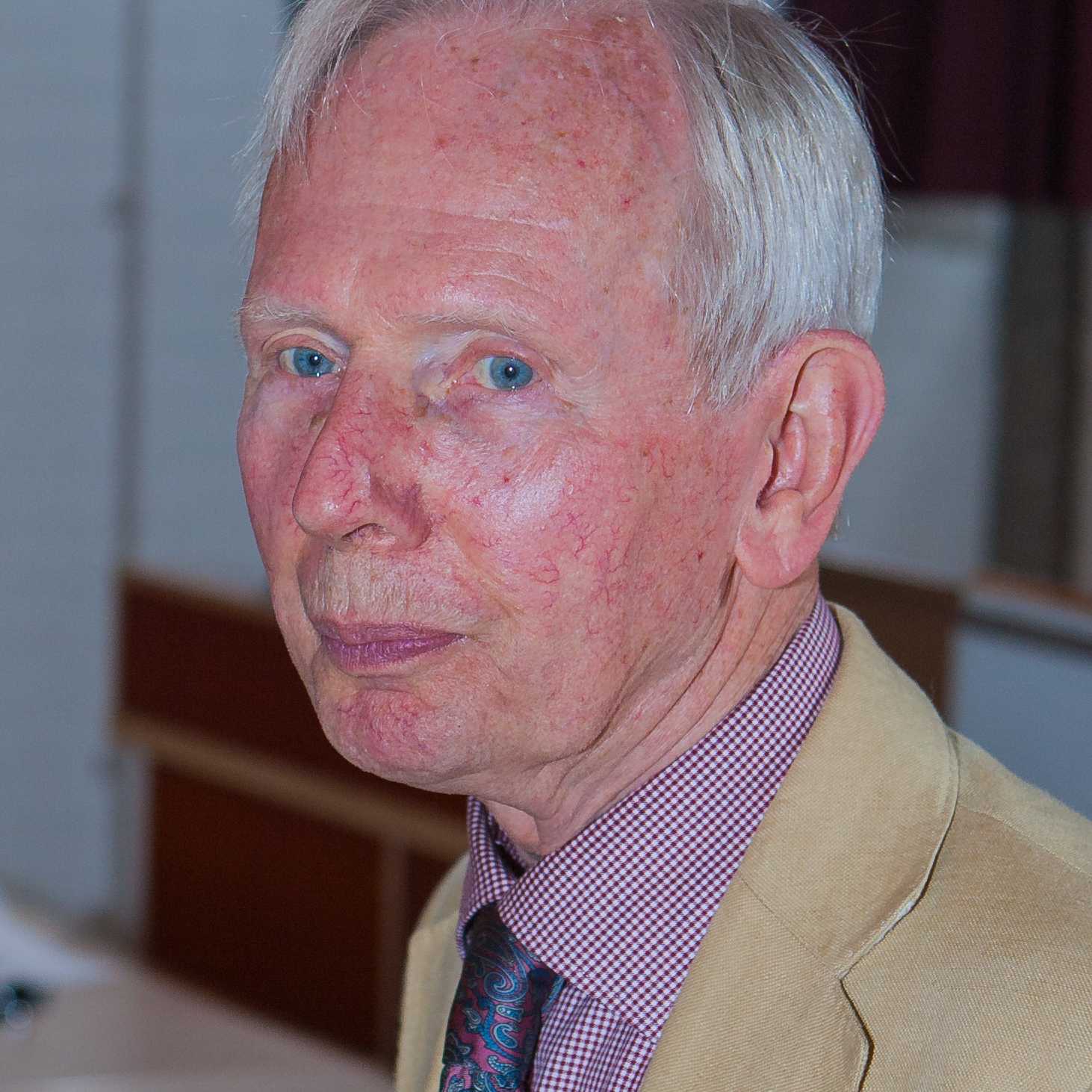Publications - Conference
Filter by type:
Jan G. Platvoet, James L. Cox, & Jacob K. Olupona (eds.) 1996, The Study of Religions in Africa: Past, Present and Prospects. Cambridge: Roots and Branches, ISBN 0 9525772 2 4 (pbk), 393 pp..
This volume contains peer reviewed, revised, selected papers, presented at the IAHR first ever Regional Conference in Africa on ‘The Study of Religions in Africa’, at the University of Zimbabwe, Harare, Zimbabwe, 15 to 19 September 1992. In its closing session, AASR (the African Associations for the Study of Religions) was founded.
An introduction by Jacob Olupona and me, and two more articles by me have been added. They are:
= Jan G. Platvoet & Jacob K. Olupona 1996, ‘Perspectives on the Study of Religions in sub-Saharan Africa’, pp. 7-36; full text at: https://jangplatvoet.nl/wp-content/uploads/2017/03/Perspectives.Introd1996.2017.pdf
= Jan G. Platvoet 1996, The Religions of Africa in their Historical Order, 46-102; full text at https://jangplatvoet.nl/wp-content/uploads/2017/03/ReligionsOfAfricaInHistoricalOrder.pdf
= Jan G. Platvoet 1996, From Object to Subject: A History of the Study of the Religions of Africa, 105-138; full text at https://jangplatvoet.nl/wp-content/uploads/2017/03/FromObjectToSubject.1996.2017.pdf
Introduction It seems opportune, for several reasons, to present a survey of the history of AASR finances. One reason is a letter Frans Wijsen, AASR Representative for Europe since July 2007, sent me. During the AASR conference in Gaborone he volunteered to serve in that office after Gerrie ter Haar had reported that Henk van Rinsum had requested to be relieved from that office. Frans wrote to me (in Dutch): ‘In Botswana, I was jolted into the office of AASR Representative for Europe in a chaotic meeting. I have a feeling that I have not really found my bearings as yet in this office’.
This moving book tells the real life stories of 28 men and women in Africa who live, or lived, with HIV or AIDS,42 one for each of the 28 millions Africans that according to UNAIDS were infected with the human immunodeficiency virus (HIV) in 2006.43 In addition, it has an introduction (1- 17) and an epilogue (347-352). In the latter, Nolen relates briefly how the 28 she had interviewed since 1997 were doing in 2006 at the time the book went into production: four had died, three she could not reach; of the remaining 21, only one was in poor health. The others were in good health, thanks to the ARVs (antiretroviral drugs), and most were active in movements that try to break the chains of silence and shame that keep Sub-Saharan Africa in the grip of this pandemic which had already killed 22 million Africans by 2006. Infection rates had begun to decline by then, in part due to ARV-treatment, in part because death had already wiped out those most likely to spread the virus. Death rates, however, had not yet declined, because only one in four of those in need of treatment were as yet on ARVs (350). And she argues that it is unlikely that the G8 goal of universal access to ARVs by 2010 (253) will be reached, for one reason because of corruption and inefficiency, for another because only half of the funds needed to fight HIV/AIDS effectively is available (350-352).
On my return home, on 24th January 2010, I found an e-mail from Rosalind Hackett asking how the Ile-Ife conference had gone. I send her the following impromtu report, which I have slightly adapted.
The book of abstracts of this conference has 58 pages and contains the 106 paper proposals (title and summary) that were accepted by the Local Organizers, Dr. David Ogungbile (Ile-Ife) and Dr. Oyeronke Olademo (Ilorin). So, there was great interest in this conference. Not all made it to the conference, however. The list of those who actually read a paper has 58 names (as well as their institutions, and e-mail addresses). Jacob Olupona, Matthews Ojo and others expressed gratitude and pride that participants from as many as 23 different Nigerian institutions in Religious Studies attended. This conference was therefore not only a major event for the AASR and Ile-Ife, but also for scholarship in religions in Nigeria. On Monday 18th, early in the morning, we received the colourful 14 page programme of the conference. It listed the Aims of the AASR; its Executive; General Information; the Profiles of the three Guest Speakers; and the schedule of the sessions.
This proposal is submitted to the IAHR International Committee for discussion and decision in its meeting at Toronto in August 2010 on behalf of the African Association for the Study of Religions (AASR). It proposes that the IAHR Executive be restructured into four functional triads, as set out below. This model allows all officers to be actively involved in the government of the IAHR and in further strengthening and expanding the IAHR in the decades ahead.
